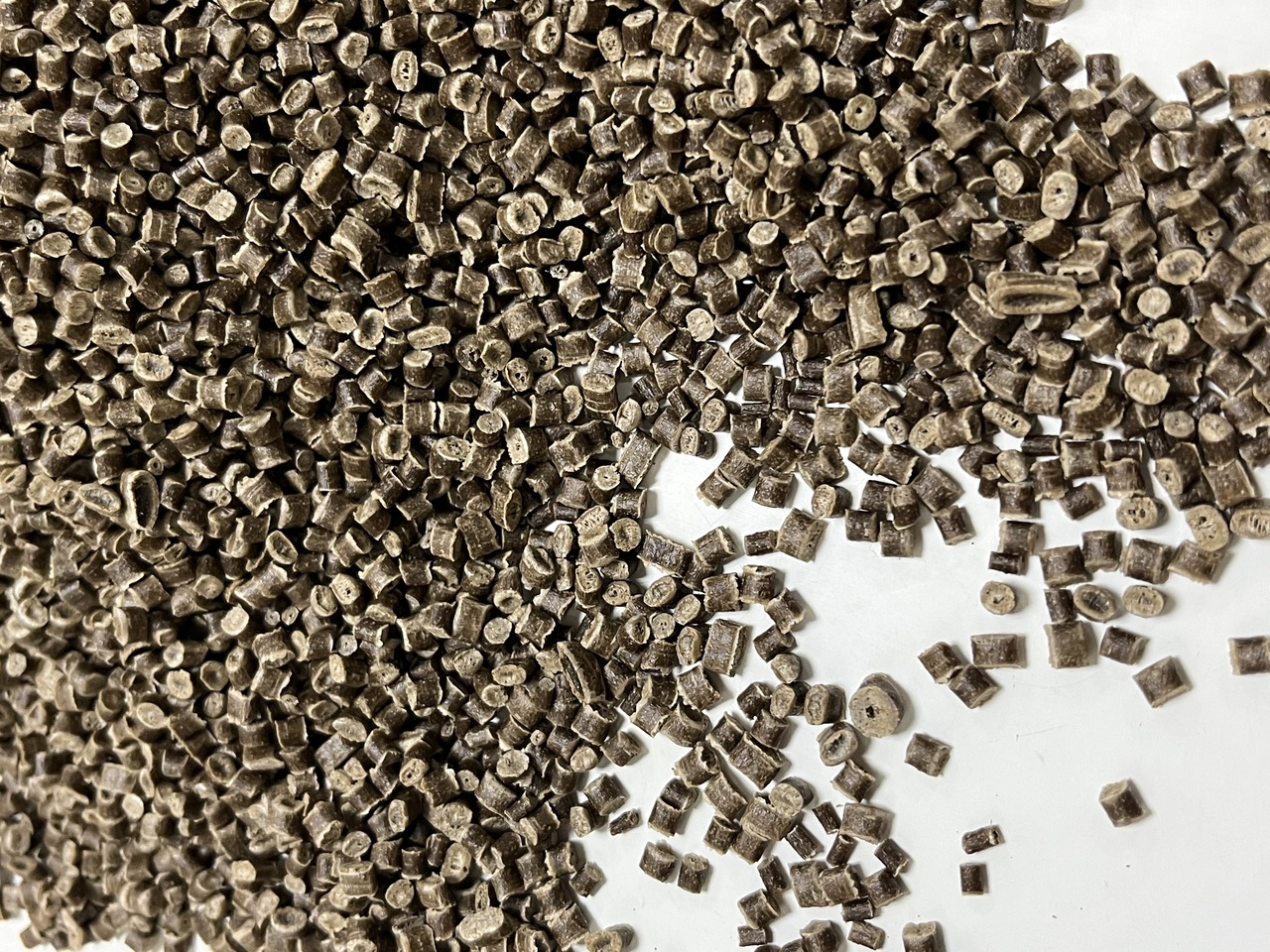Evaluating Bioplastic Price Points: Are Sustainable Alternatives Cost-Effective?
Bioplastics offer the potential for reduced environmental impact and increased resource efficiency. However, one of the critical factors that businesses and consumers consider when adopting sustainable alternatives is the price. Are bioplastics cost-effective compared to traditional plastics?
In this blog, we will evaluate bioplastic price points and explore whether sustainable alternatives are economically viable.
Understanding Bioplastic Price
To assess the cost-effectiveness of bioplastics, it is essential to understand the factors that influence their prices. Bioplastics are derived from renewable resources, such as plant-based materials and biomass, or are synthesized through bio-based processes.
The following factors can impact bioplastic prices:
- Raw material costs: The availability and cost of raw materials play a significant role in determining bioplastic prices. Factors such as crop yields, production volumes, and agricultural practices can influence the availability and cost of feedstocks.
- Production and processing costs: The manufacturing processes involved in producing bioplastics can contribute to their prices.
- Innovative technologies and specialized equipment may increase production costs, at least initially. However, as the industry matures and scales up, production costs are expected to decrease.
- Market demand and supply: Market dynamics, including demand and supply forces, can affect bioplastic prices. High demand for bioplastics can drive prices up, especially if supply is limited. On the other hand, increased production and economies of scale can lead to price reductions.
- Government regulations and incentives: Government policies, such as taxes, subsidies, and incentives, can impact the pricing of bioplastics. Supportive regulations and financial incentives can encourage the production and use of bioplastics, making them more competitive with traditional plastics.
Cost-Effectiveness of Bioplastic Alternatives
Comparing Bioplastic Prices to Traditional Plastics
When assessing the cost-effectiveness of bioplastics, it is essential to compare their prices to those of traditional plastics. Bioplastics are derived from renewable resources, such as plant-based materials or biomass, while traditional plastics are made from fossil fuels. The availability and cost of raw materials, along with production and processing costs, can influence the prices of both bioplastics and traditional plastics.

Product's lifecycle take hundreds of years to break down, leading to long-lasting waste in landfills and oceans.
Comparing bioplastic prices to those of traditional plastics is crucial in determining their cost-effectiveness. While bioplastics may have higher upfront costs, assessing the total cost of ownership over the product's lifecycle is necessary for a comprehensive analysis. Consider the following aspects:
- Evaluating the Total Cost of Ownership: To determine the cost-effectiveness of bioplastics, it is crucial to consider the total cost of ownership. This approach involves assessing the entire lifecycle of the product, including production, use, and end-of-life stages. By considering factors such as performance, durability, maintenance, and disposal costs, a more accurate comparison between bioplastics and traditional plastics can be made.
- Consideration of Lifecycle Costs: Bioplastics often have different properties and performance characteristics compared to traditional plastics. While the upfront cost of bioplastics may be higher, evaluating their performance over the entire lifecycle can reveal cost advantages. Factors such as durability, recyclability, and compostability contribute to the overall cost-effectiveness of bioplastics.
- Environmental Impact and Savings: One significant advantage of bioplastics is their reduced environmental impact. Bioplastics have lower carbon emissions and contribute to resource conservation. By considering the environmental benefits, such as reduced greenhouse gas emissions and waste reduction, the overall cost-effectiveness of bioplastics becomes more apparent. Additionally, potential savings in waste management and disposal costs further enhance their cost-effectiveness.
Potential for Long-Term Cost Savings
While bioplastics may have higher upfront costs, they offer potential long-term cost savings. Improved resource efficiency, reduced waste management expenses, and potential regulatory compliance benefits can all contribute to long-term cost savings. As sustainability practices become more integral to business operations, the long-term cost advantages of bioplastics become increasingly significant.
While bioplastics may have higher upfront costs compared to traditional plastics, their lower environmental impact, potential for long-term savings, and increasing market demand make them an attractive choice for businesses and consumers alike.
As the industry continues to innovate and scale, bioplastics are expected to become more cost-competitive, further driving the adoption of sustainable alternatives in various sectors. By considering the entire lifecycle and long-term benefits, bioplastics emerge as a viable and cost-effective solution for a greener future.
>>>> Learn more at: Bioplastic Sheets Leading the Way To A Greener Life
Sustainable Alternatives Cost-Effective: AirX Coffee Biocomposite
AirX Coffee Bio-composite, is versatile and offers a sustainable alternative to traditional plastics, made from coffee grounds and recycled plastics.

AirX is a Coffee Biocomposite manufacturer that possesses exclusive production capabilities of this material in Vietnam and have exported our products to more than 50 countries. With 5 years of experience in researching and producing Coffee Biocomposite.
AirX materials are designed to be biodegradable, returning to nature at the end of their life cycle. However, they still offer the same level of functionality as conventional plastics, making them an ideal alternative materials for businesses looking to reduce their environmental impact.
The versatility and eco-friendly attributes of AirX Coffee Biocomposite demonstrate the potential for bioplastic sheets in various industries. From packaging materials to consumer goods and specialty products, these bioplastic sheets provide a sustainable alternative to traditional plastics while reducing the environmental impact.
Contact us
AirX is the world's first carbon-negative bio-material made from coffee grounds.
We specialize in producing bio-based composites using recycled carbohydrates derived from by-products such as coffee grounds, coconut husk, husk, and bamboo. Our goal is to promote sustainability through the use of eco-friendly materials.
We are always here to help and provide the best service possible. If you have any questions or would like to receive advice and feedback directly from our sales staff, please do not hesitate to contact us. You can reach us through:
- Whatsapp: +84 969 742 950
- Email: [email protected]
We look forward to hearing from you!

